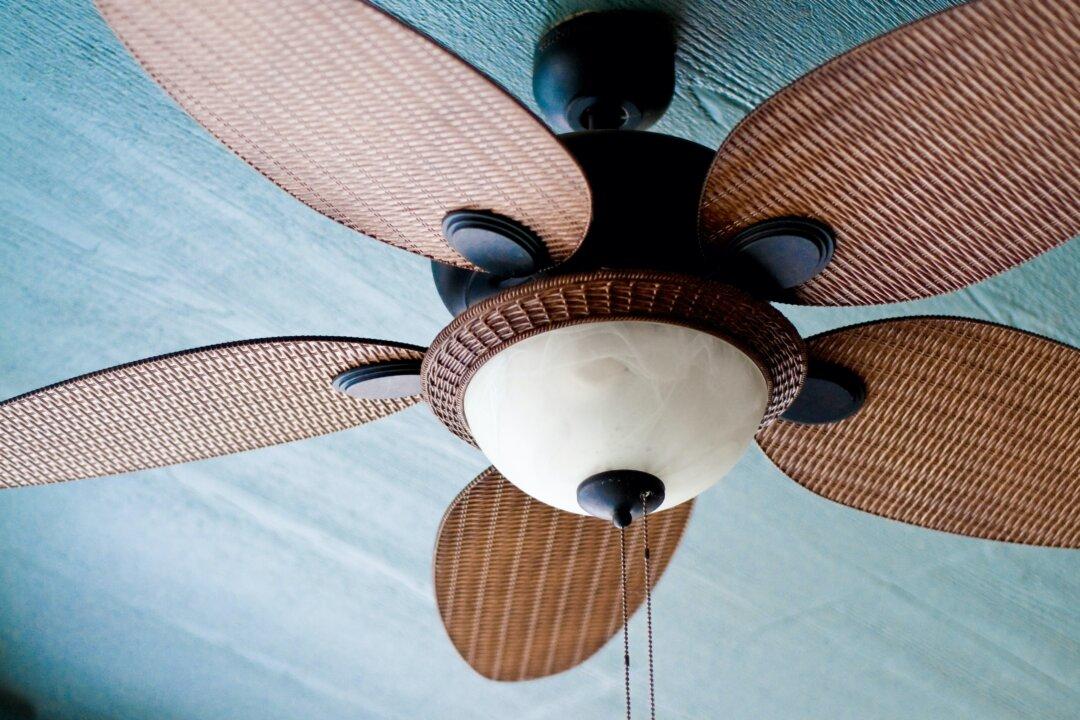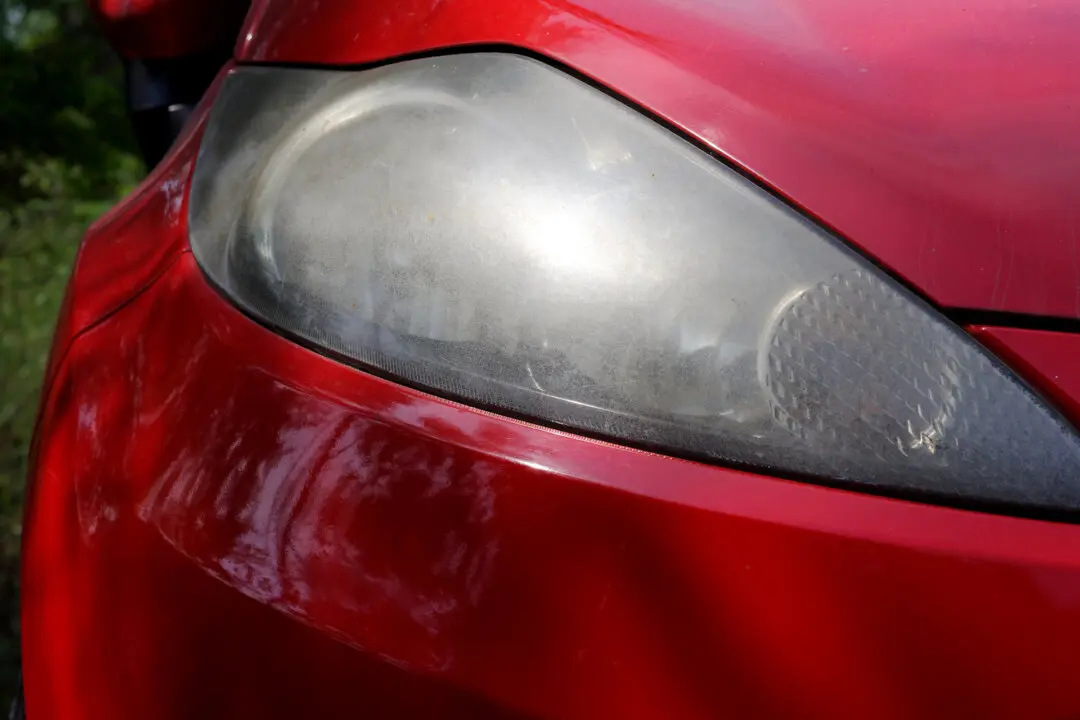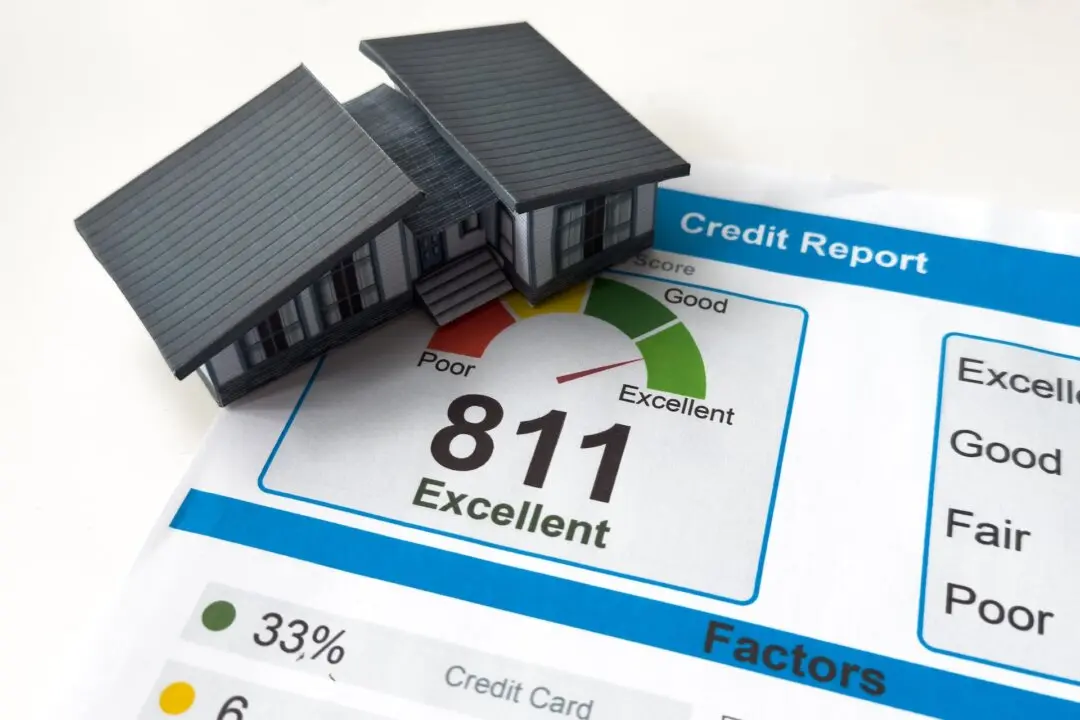As a child, I must have driven my parents crazy. And I am still doing it, but now to my husband. I can’t help it. I want to know the “Why?!” about everything. Take ceiling fan direction for example. Most residential ceiling fans have a switch with two options. “Forward” spins one way, “Reverse” the other. But why? What for? What difference does it make?
Years ago, a reader sent in her handy tip, passed along from her husband, a heating and air conditioning specialist: “In the winter, make your ceiling fans spin counterclockwise.” Or was that clockwise? To be honest, it totally slipped my mind as soon as I shared it with my readers.





